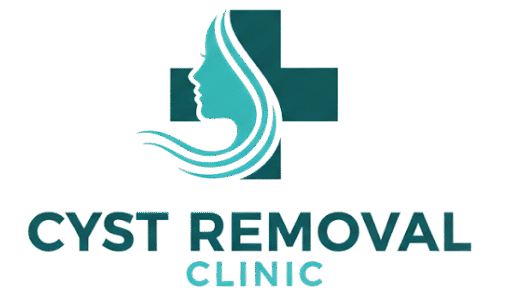If you’ve booked a cyst removal appointment, it’s normal to feel a little unsure about what will happen on the day. The good news is that cyst removal is a quick, straightforward procedure carried out under local anaesthetic, meaning you’ll be awake but completely comfortable.
At Cyst Removal Clinic London, every appointment is handled by an experienced doctor who specialises in minor skin surgery. The process usually takes around 20–30 minutes, and you can go home straight afterwards.
Consultation and Assessment
Your appointment begins with a brief consultation. The doctor will:
- Examine the cyst to confirm its type and size
- Check for signs of infection or inflammation
- Discuss your symptoms and medical history
- Explain your treatment options
If the cyst is suitable for removal on the same day, the doctor will explain the procedure, obtain your consent, and prepare the area for treatment.
In some cases — for example, if the cyst is infected — the doctor may recommend drainage or a short course of antibiotics before full removal.
Preparing for the Procedure
The area around the cyst is cleaned thoroughly with antiseptic. You’ll be asked to lie or sit in a comfortable position depending on the cyst’s location (for example, lying flat for facial cysts or on your side for back cysts).
The doctor will then inject a small amount of local anaesthetic just under the skin. This stings for only a few seconds before the area becomes completely numb. You’ll remain awake but should not feel any pain — only light pressure or movement.
The Removal Procedure
Once the anaesthetic has taken effect, the cyst is removed using one of several minor surgical techniques, depending on its size and position. These may include:
- Minimal excision technique – a small incision used to remove the cyst and capsule.
- Complete surgical excision – for larger or recurrent cysts.
- Punch excision – for small, round cysts or blocked pores.
The key step is ensuring the entire cyst capsule is removed to prevent recurrence.
The doctor then closes the wound with fine dissolvable or removable stitches and applies a sterile dressing. The whole process usually takes 20–30 minutes.
Aftercare and Recovery
You’ll be given aftercare instructions before leaving the clinic. These typically include:
- Keeping the dressing dry for the first 24–48 hours
- Avoiding strenuous activity or stretching the area
- Taking simple pain relief (paracetamol) if needed
- Attending a follow-up appointment for wound check or stitch removal
Most patients return to work or daily activities immediately after the appointment. Some mild swelling, redness, or tenderness is normal for a few days.
The area usually heals within 1–2 weeks, depending on location and individual skin type. Once healed, the scar continues to fade gradually over several months.
When to Contact the Clinic
While complications are rare, you should contact your clinic if you notice:
- Increasing pain, redness, or swelling after 48 hours
- Pus or yellow discharge from the wound
- Bleeding that doesn’t stop with gentle pressure
- Fever or general unwellness
Early review ensures prompt management — often a simple dressing change or short course of antibiotics is all that’s needed.
Follow-up Appointment
If non-dissolvable stitches were used, they’ll be removed around 7–10 days after the procedure. Your doctor will check the wound, ensure it’s healing well, and give further scar-care advice.
If histology (lab testing) was arranged, your results will also be discussed during follow-up or sent securely once available.

